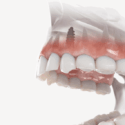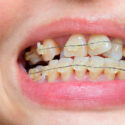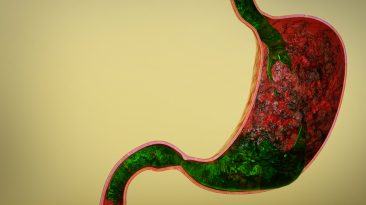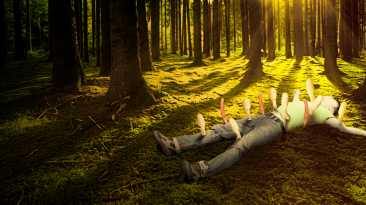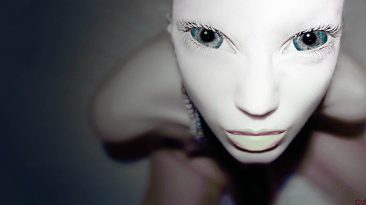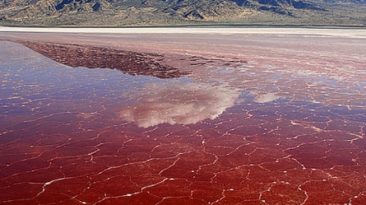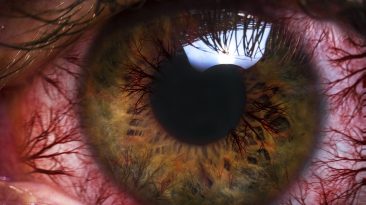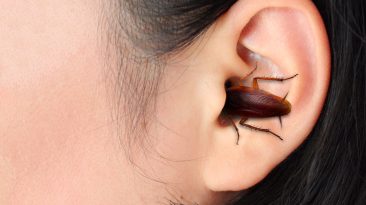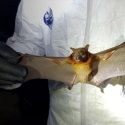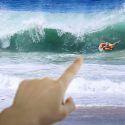UVC. It’s an incredibly powerful form of ultraviolet light that’s beamed from the Sun.
It’s so powerful that it can give you a sunburn in seconds. And looking at a UVC light is ten times stronger than staring directly at the Sun.
But while UVC is extremely dangerous, it can also be extremely helpful. Since scientists have figured out how to harness its power, UVC has been used to disinfect surfaces on public transportation, hospitals, and even money.
In developing countries, UVC is often used to help purify drinking water. Its reputation is established as a reliable killer of microbes, so people are now wondering if UVC can be brought to battle against the novel coronavirus.
How effective would it be? Could we make it widely accessible? Could its side effects make the cure worse than the cause?
The Sun emits three types of ultraviolet light, UVA, UVB, and UVC. UVA makes up the majority of the UV rays that hit Earth. Then there’s UVB, which causes DNA damage and burns your skin.
And last but not least is UVC, which is the most harmful type of ultraviolet radiation to humans. And it’s lethal to most microorganisms, including bacteria and viruses.
UV light has been used for sterilization and disinfection since the mid-20th century, so why not now? Is UVC our best shot at fighting current and future pandemics?
You may not have known it, but the Sun has already been fighting diseases on our behalf for quite some time. Studies show that high levels of sunlight decrease the spread of influenza.
But that doesn’t mean harmful bacteria and viruses will simply evaporate while we’re getting our tan on.
The Earth’s ozone layer blocks UVC rays from reaching us, which is definitely a good thing. While they’d probably wipe out any microbial threats, our skin could also be severely damaged.
If we were to use UVC light to kill viruses, we’d opt for a less damaging version called far UVC. This type of light efficiently kills bacteria without harming exposed skin.
While far UVC is easily absorbed by biological materials, like human tissue, the outer layer of our skin is actually dead, so the UVC rays would not be able to interact with healthy cells inside our bodies and create cancer or other diseases. But because microbes are so small, and don’t have the same protective layer of dead skin that we do, they’re easily vaporized by far UVC light.
Costing less than $1,000 per lamp, and probably less if they were mass-produced, we could light our streets, our parks, and our public transit systems with germ-killing far UVC lamps. We could even install them on handrails so that they could sterilize themselves throughout the day.
The problem is that UVC rays alone won’t guarantee us full immunity against every disease that comes to light. The efficiency of ultraviolet light treatments depends on how the virus spreads.
If we’re dealing with an airborne virus, UVC lamps might do the trick. But if it’s a disease that’s spread through direct contact, UVC lamps won’t help us very much.
Viruses also come in different shapes and sizes, which means we’d have to adjust the power and exposure time of our UVC lamps for every new virus that comes around. Regardless of how well they’re built, UVC lamps would still likely expose the public to increased levels of radiation. And even low doses over an extended period of time can be just as lethal as short doses of high energy radiation.
So while we might enjoy a nice, year-round tan, we’d also become more wrinkly and would be at higher risk of developing cataracts. That means sunscreen would be a must at all times, along with big sunglasses and crazy hats!
But if that’s not your style, don’t worry about it too much. UV lamps don’t offer full protection against a pandemic, but they could certainly help to “flatten the curve.” It’s unlikely that towns and cities will convert every street light and lamppost to far UVC, but you could see more of them used in microbial hotspots. You know which ones I’m talking about.
But just because new technology could help us fight new viral and bacterial threats, it doesn’t mean we should forget the best ways to protect ourselves. Did you know that only 31% of men and 65% of women wash their hands after using the restroom? Let’s fix that stat. Wash your hands! Especially after using the bathroom. Unless you don’t plan on leaving the bathroom at all.
Subscribe to What-If on YouTube or follow the show on Facebook Watch.
Sources
- “Ultraviolet Waves | Science Mission Directorate”. 2020. science.nasa.gov.
- “Ultraviolet Radiation – Energy Education”. 2020. energyeducation.ca.
- “Messages From Space – The Ozone Hole From Space: How Does Ozone Absorb UV Light?”. 2020. ph.surrey.ac.uk.
- “Far-UVC light: A new tool to control the spread of airborne-mediated microbial diseases”. Welch, David, Manuela Buonanno, Veljko Grilj, Igor Shuryak, Connor Crickmore, Alan W. Bigelow, Gerhard Randers-Pehrson, Gary W. Johnson, and David J. Brenner. 2018. Scientific Reports 8 (1). doi:10.1038/s41598-018-21058-w.
- “My.Access — University Of Toronto Libraries Portal”. 2020. login.library.utoronto.ca.
- “Low Temperature And Low UV Indexes Correlated With Peaks Of Influenza Virus Activity In Northern Europe During 2010–2018”. Ianevski, Aleksandr, Eva Zusinaite, Nastassia Shtaida, Hannimari Kallio-Kokko, Miia Valkonen, Anu Kantele, and Kaidi Telling et al. 2019. Viruses 11 (3): 207. doi:10.3390/v11030207.







